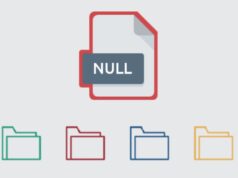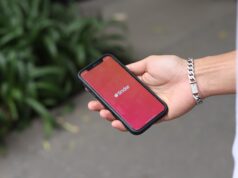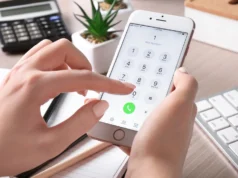
In our hyper-connected world, the accuracy of phone number data is paramount. Whether it’s for businesses ensuring they’re reaching the right customers, or for individuals protecting themselves from fraud, validating phone numbers is a critical step that can’t be overlooked.
This guide is crafted to walk you through the essentials of phone number validation, equipping you with the knowledge to maintain data integrity and enhance communication efficacy.
Benefits of Validation
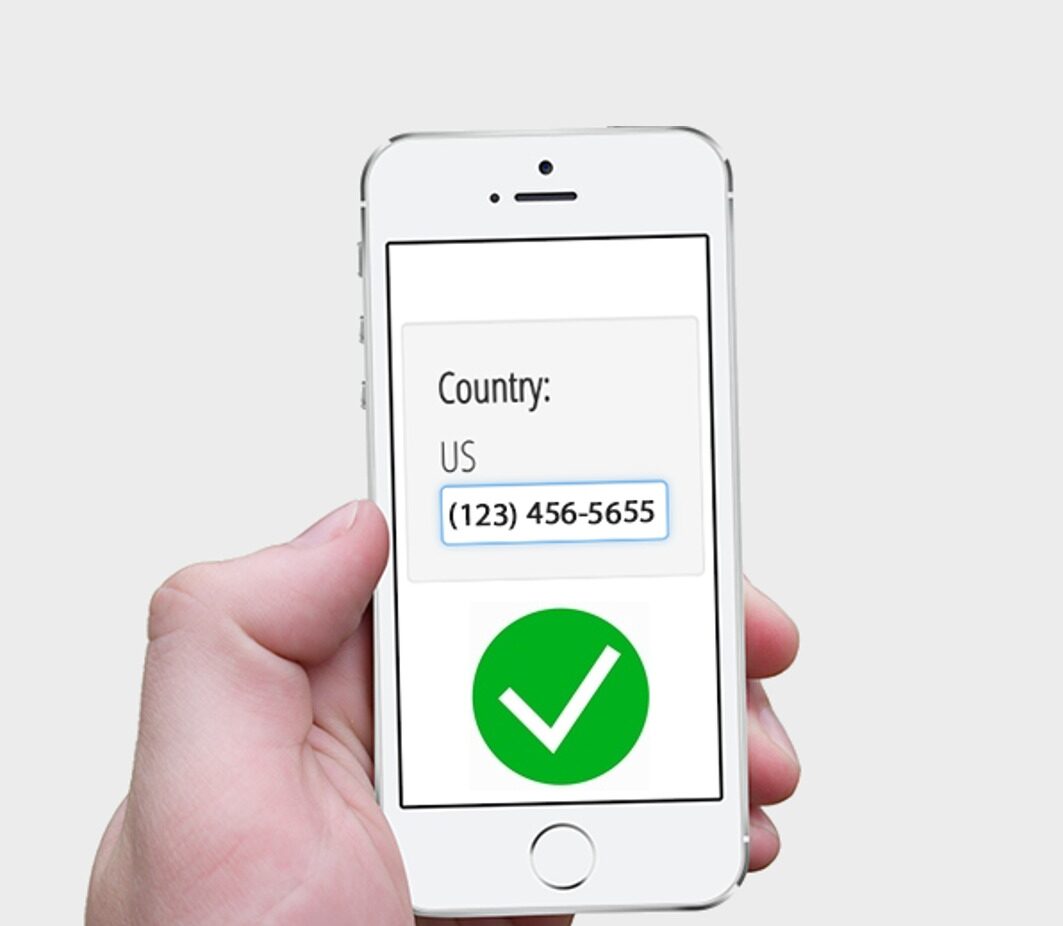
More than just about ticking a box; it’s a process that brings tangible benefits. Ensuring data accuracy is at the heart of it. By verifying phone numbers, you’re not just confirming that the numbers are real; you’re also ensuring that they’re current and correctly associated with the intended users. This accuracy is the cornerstone of a positive user experience, as it helps in delivering messages and services to the right person without delay.
Furthermore, it acts as a safeguard against deceptive practices. A robust number lookup tool acts as a gatekeeper, authenticating phone numbers to thwart the efforts of fraudsters who might otherwise use counterfeit or hijacked numbers for setting up illegitimate accounts or carrying out unauthorised financial transactions. Compliance with regulatory standards is another critical aspect.
Various sectors are governed by stringent regulations mandating the verification of customer data, positioning phone number validation as an indispensable requirement, not just an added benefit.
| Benefit | Description |
| Ensuring Data Accuracy | Confirms that phone numbers are real, current, and correctly associated with the intended users. |
| Enhancing User Experience | Prevents communication delays and ensures messages reach the right person. |
| Preventing Fraudulent Activities | Stops scammers from using fake numbers, protecting both businesses and individuals. |
| Complying with Regulations | Meets legal requirements for customer information verification in many industries. |
Common Validation Techniques

When it comes to validating, there are several techniques that are commonly employed.
Pattern matching, for instance, is a technique where phone numbers are checked against a specific format. This could be as simple as ensuring a 10-digits for US-based numbers or checking for country-specific formats.
Length validation is another straightforward technique. It involves checking if the phone number has the digits expected for a particular region or country.
Region-specific validation takes into account the unique formats and rules that apply to different countries. This could involve checking area codes and prefixes that are valid within a particular region.
Syntax checking is about ensuring that the phone number follows the rules of a standard format, such as the presence or absence of country codes, special characters, and the like.
Each of these techniques has its place in the validation process, and often, a combination of methods is used to ensure thorough validation.
| Technique | Purpose |
| Pattern Matching | Checks if the phone number matches a specific format. |
| Length Validation | Verifies the digits for a region-specific phone number. |
| Region-Specific Validation | Ensures the phone number complies with local rules and formats. |
| Syntax Checking | Confirms the phone number follows the standard format rules. |
API-Based Validation Services

Stepping into the realm of API-based validation services, we find a powerful ally in the quest for accurate phone number validation. These third-party services offer a robust set of tools that can quickly validate and verify a use, which is especially useful for seamless user onboarding. The beauty of API-based validation lies in its ability to automate the process, reducing human error and speeding up the data collection process.
The benefits of using such services are manifold. They not only confirm the validity of a phone number but can also provide additional intelligence such as carrier information, line type, and even geographical location. This is particularly useful for tailoring user experiences and for fraud prevention. For example, if a user’s IP geolocation doesn’t match the country code, it could raise a flag that warrants further investigation.
Popular validation APIs, like Twilio’s Lookup API, offer a variety of features:
- Validation of the phone number format against international standards.
- Detection of the phone number type (mobile, landline, VoIP).
- Allow lists for country codes to meet compliance and reduce fraud.
- Carrier information that can help identify potential fraud risks.
JavaScript Validation
Writing a simple JavaScript function for validation can be quite straightforward. The goal here is to create a function that checks the input against a regular expression pattern that matches the format of a phone number.
When incorporating this into web forms, you can attach this function to the form’s submit event or as a real-time validator on the phone number input field. This provides immediate feedback to the user and prevents the submission of invalid phone numbers.
Server-Side Validation

While client-side validation is great for user experience, server-side validation is where the security is. It’s crucial because it acts as the last line of defence against invalid data entering your system. Validating on the backend ensures that even if someone bypasses the client-side checks, the integrity of your data remains intact.
This Python function sends the phone number to a validation API and checks the response to determine if the number is valid. It’s a simple yet effective way to ensure that the numbers stored in your database are accurate and usable.
Handling International Numbers
Navigating the complexities of international phone number validation is like being a linguist in the world of digits. Each country has its own set of rules and formats, which can be a daunting challenge to standardise for validation purposes. However, understanding and implementing international validation is crucial for global businesses and services that cater to a diverse user base.
The first step in international validation is to recognize the country-specific formats and rules. For instance, while a number in Seychelles might be valid with certain digits, adding or removing a single digit could render it invalid, even if it appears correct at a glance. The key is to validate that a phone number is not only formatted correctly but also assigned and approved by the country’s telecom authority.
Here are some considerations for handling international phone numbers:
- Standardisation to E.164 Format: Transforming phone numbers to the E.164 format ensures a standardised international format, which is crucial for API-based validation services.
- Validation of Line Type: Knowing whether a number is mobile, landline, VoIP, or toll-free can influence the method of communication used.
- Carrier Information: Original carrier data can be useful, especially when dealing with ported numbers or identifying potential fraud risks.
- Active Status Check: It’s important to distinguish between a valid number and an active one.
When dealing with international numbers, a combination of validation methods may be required to achieve the desired level of assurance. Validation is a fundamental step, but depending on the use case, network validation or even user validation might be necessary.
Error Handling and User Feedback
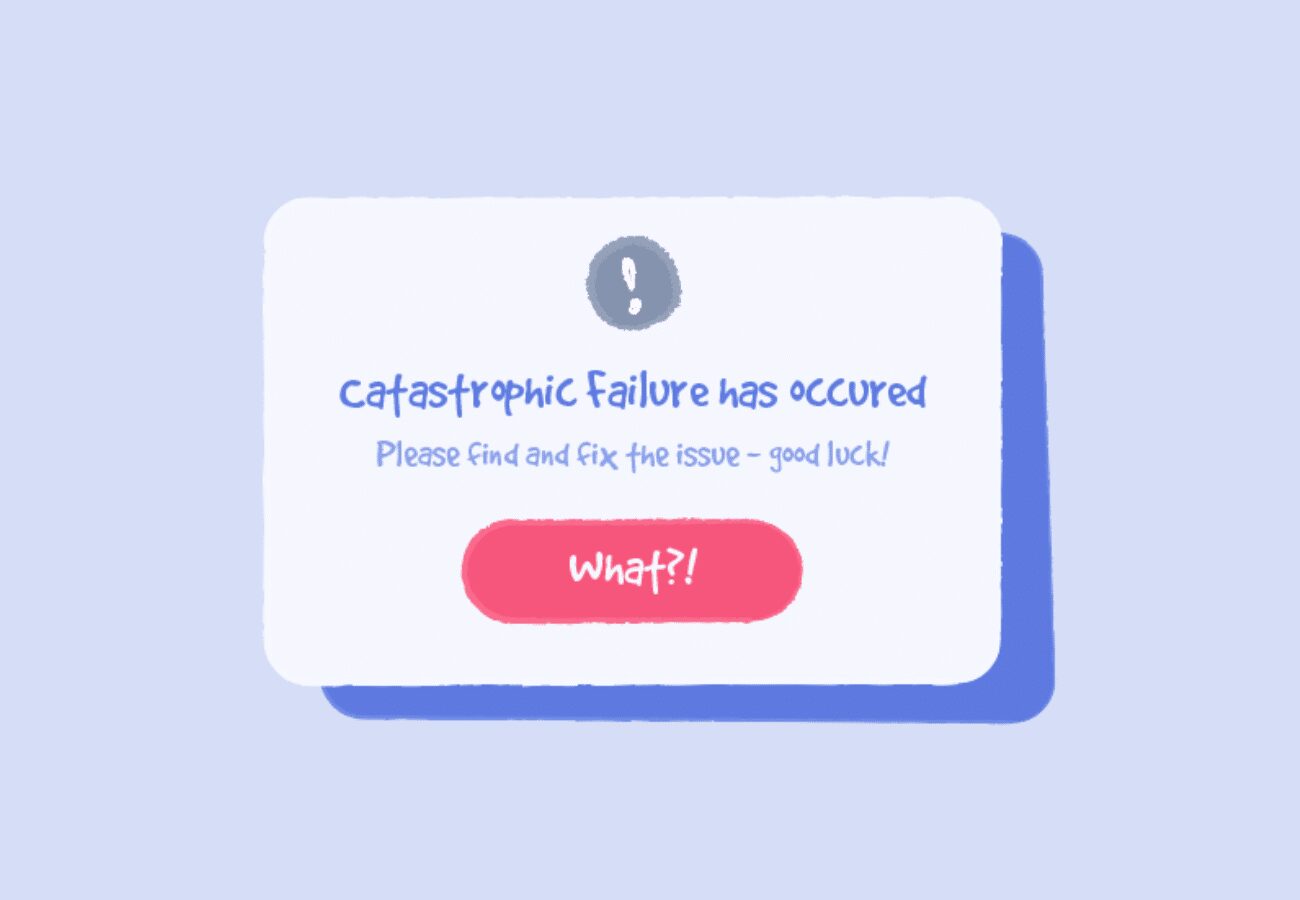
The art of error handling and user feedback is about striking a balance between technical accuracy and human understanding. When a user enters an invalid phone number, the system should not only catch the error but also provide feedback that guides the user towards correction without causing frustration.
Here are some strategies for effective error handling and user feedback:
- Clear and Specific Error Messages: Instead of a generic “Invalid input,” specify the issue, such as “The number entered is missing a country code.”
- User-Friendly Guidance: Offer examples of correct formats and use inline validation to provide real-time feedback as the user types.
- Graceful Recovery Options: Allow users to easily correct their mistakes by keeping the rest of their entered data intact when they go back to fix the phone number.
By implementing these strategies, you not only improve the user experience but also increase the chances of collecting valid phone numbers.
Security and Privacy Considerations

In the process validation, security and privacy must be at the forefront. Protecting user data is not just a legal obligation under data protection regulations like GDPR; it’s a cornerstone of user trust.
Here are some key points to consider:
- Data Encryption: Ensure that phone numbers are transmitted and stored securely using encryption.
- Compliance with Regulations: Adhere to international data protection laws by implementing proper validation and storage practices.
- Sensitive Information Handling: Treat phone numbers as sensitive information and limit access to them within your organization.
By following these guidelines, you can safeguard user data and maintain compliance with data protection standards.
Conclusion
Throughout this guide, we’ve explored the multifaceted process of phone number validation. From understanding the benefits to diving into the technicalities of various validation techniques, we’ve covered a lot of ground. Implementing these techniques not only ensures data accuracy but also enhances user trust and security.
I encourage you to integrate these practices into your systems. The significance of data accuracy cannot be overstated—it’s the foundation upon which reliable communication and user verification are built. With the right approach to phone number validation, you can open the doors to a world of seamless connectivity and fortified security.


